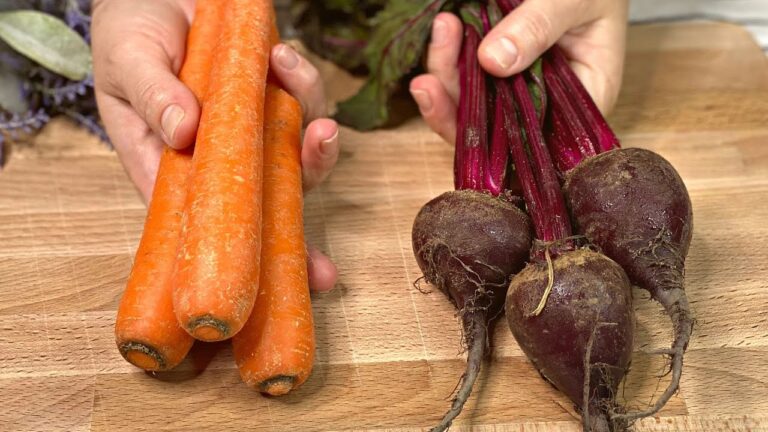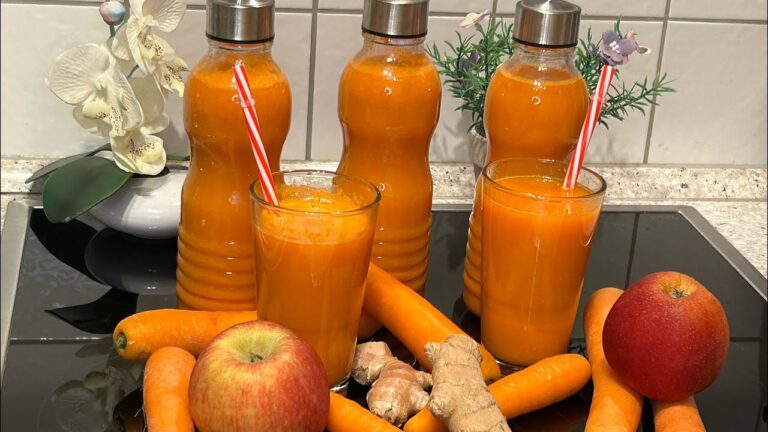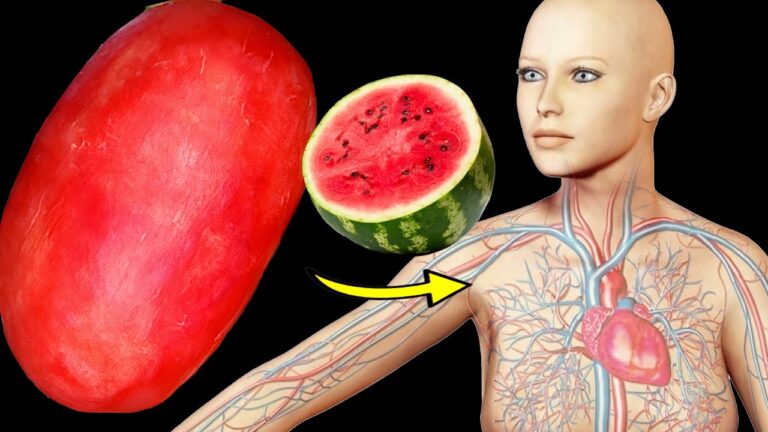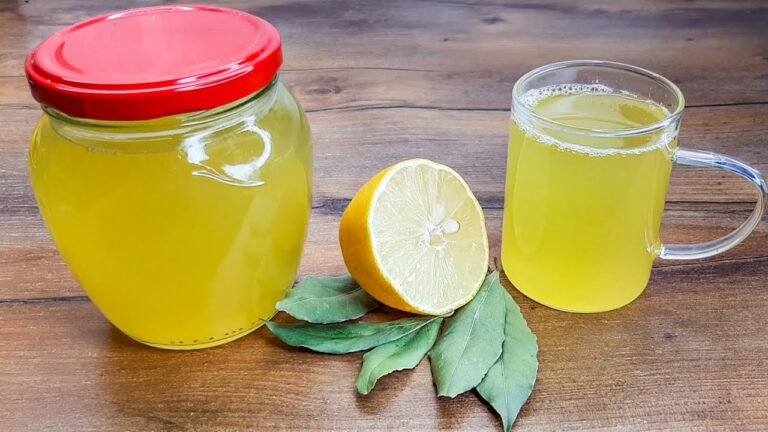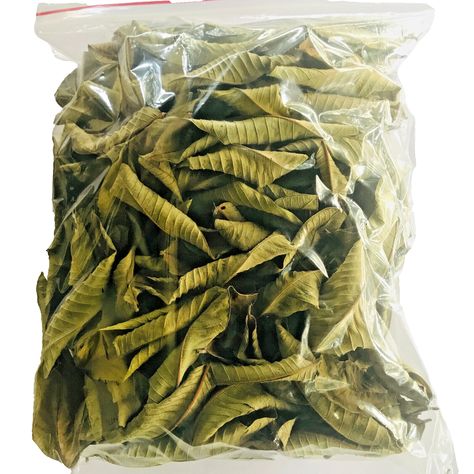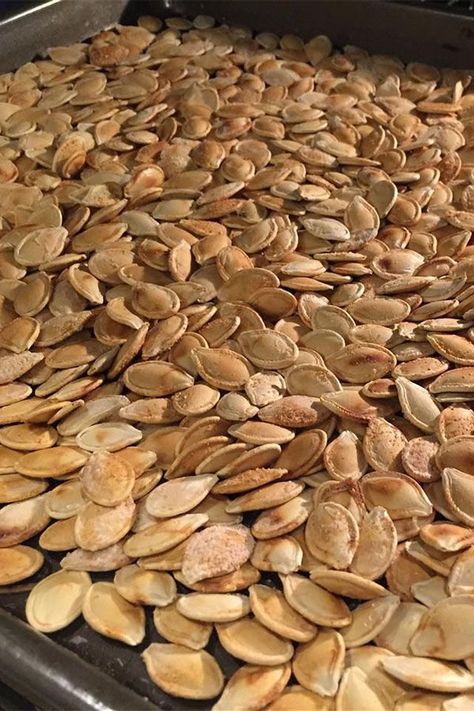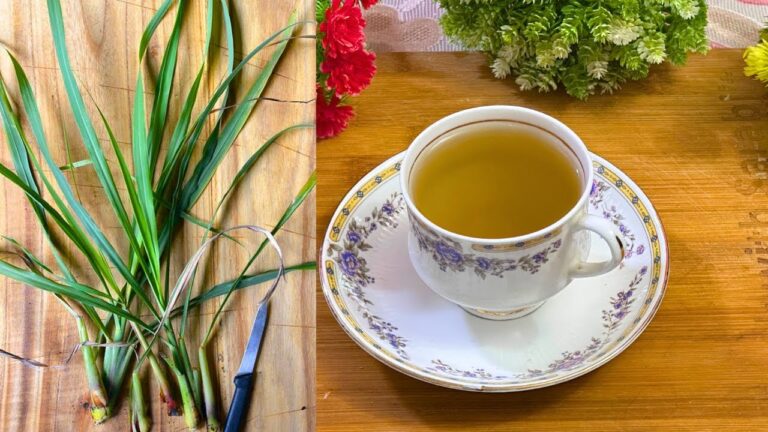If you’re looking for a dish that’s both tasty and packed with nutrients, Grandma’s beetroot and carrot recipe is a must-try. Simple to make, delicious to eat, and full of health benefits, this dish is a perfect addition to your weekly meals. Here’s why beets and carrots make such a powerful duo and how you can recreate this wholesome recipe at home.
Why Beets and Carrots?
- Beets: Rich in vitamins, minerals, and antioxidants, beets are great for improving blood circulation, supporting heart health, and giving your body a natural energy boost.
- Carrots: Loaded with beta-carotene, carrots promote healthy vision, skin, and immune function while adding a subtle sweetness to the dish.
Together, they create a vibrant, flavorful dish that’s as nourishing as it is beautiful.
Grandma’s Recipe: Beetroot and Carrot Delight
Ingredients:
- 2 medium-sized beets (peeled and grated).
- 2 large carrots (peeled and grated).
- 1 tablespoon olive oil.
- 1 teaspoon lemon juice or apple cider vinegar.
- A pinch of salt and black pepper.
- Optional: A sprinkle of fresh parsley or dill for garnish.
Instructions:
- Prep the Veggies: Grate the beets and carrots into a large bowl. Their vibrant colors will brighten up your kitchen immediately!
- Dress It Up: Drizzle the olive oil and lemon juice (or vinegar) over the grated veggies. This adds a fresh and tangy flavor to the dish.
- Season: Sprinkle a pinch of salt and black pepper, then toss everything together to coat the vegetables evenly.
- Let It Sit (Optional): For an even deeper flavor, let the mixture rest in the fridge for about 10-15 minutes before serving.
- Serve and Enjoy: Garnish with fresh parsley or dill for an extra pop of flavor and serve it as a side dish or a light meal.
Why You’ll Love This Dish
- Quick and Easy: With just a few steps, you can create a healthy dish that’s ready in minutes.
- Nutrient-Dense: Beets and carrots provide vitamins, minerals, and antioxidants to keep you energized and feeling great.
- Versatile: Enjoy it on its own, as a side to your favorite meal, or even as a topping for salads and wraps.
Give this recipe a try, and you’ll see why Grandma makes it three times a week. It’s not just a dish—it’s a healthy, delicious tradition!
